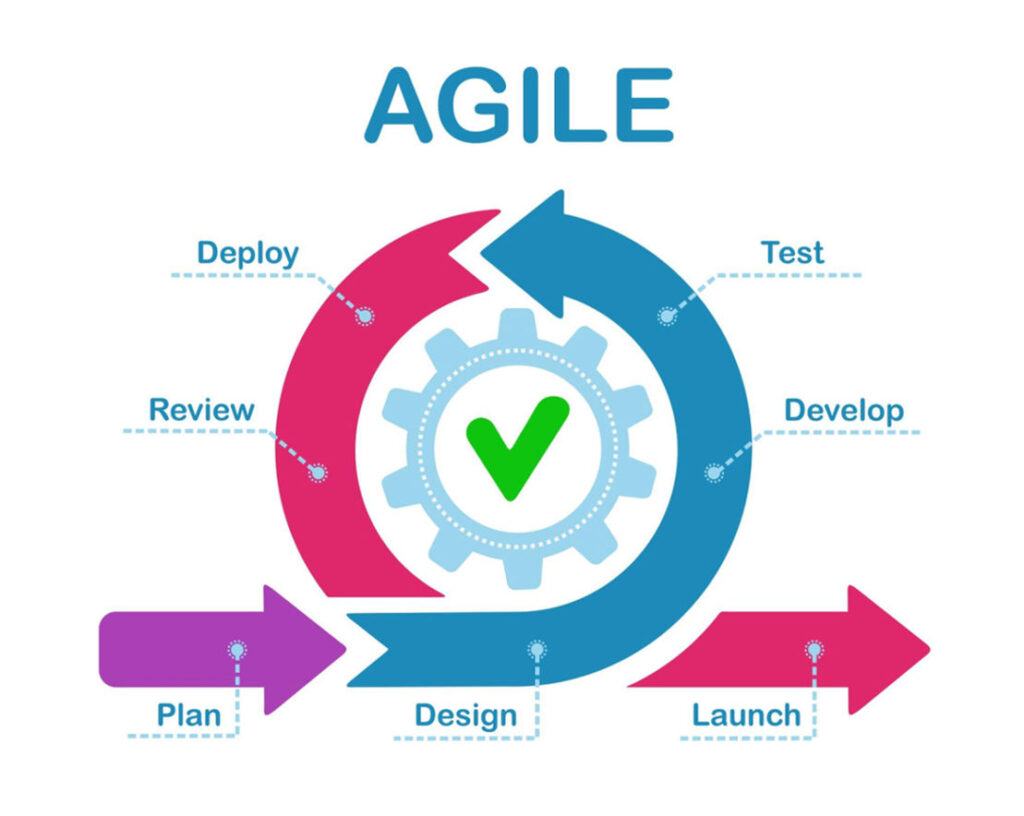Introduction:
Definition of Business Analyst User Stories:
Business Analyst User Stories are concise, client-centric narratives that capture the core aspects of a software requirement from an end-user perspective. They serve as a bridge between technical teams and stakeholders by articulating the ‘what,’ ‘who,’ and ‘why’ of a feature or functionality.
Importance in Modern Business:
In today’s rapidly evolving business landscape, where agility and customer-centricity reign supreme, User Stories are instrumental. They help businesses adapt swiftly to changing customer needs and market dynamics.
Overview of the Article’s Purpose:
This article aims to delve into the world of Business Analyst User Stories, from their fundamental elements to their real-world applications. We will explore how they empower Business Analysts and contribute to the success of modern businesses.
The Fundamentals of User Stories:
What Are User Stories?
Definition:
A User Story is a concise, written description of a specific feature or functionality from the end-user’s perspective. It typically follows the format: “As a [user], I want [action] so that [goal].”
Origin and Evolution
User Stories originated as part of agile development methodologies, particularly Scrum. They have since evolved and found their place in various software development frameworks.
Components of a User Story:
Actor or Persona:
User Stories identify the user or persona who needs the feature.
Action:
They describe the action the user wants to perform.
Goal:
User Stories elucidate the user’s goal or what they aim to achieve by using the feature.
Why User Stories Matter for Business Analysts:
Bridging the Gap Between Business and Development
User Stories facilitate effective communication between business stakeholders and development teams, ensuring that software aligns with business objectives.
Enhancing Communication
User Stories serve as a common language that fosters collaboration among cross-functional teams, leading to better product outcomes.
➡🎯 Ready to enhance your Business Analyst skills and drive your career forward? Explore our comprehensive Business Analyst course Training in Hyderabad and gain the expertise you need to excel in this dynamic field.
Crafting Effective User Stories
The Art of Storytelling:
The Narrative Structure
Effective User Stories follow a storytelling structure, making them relatable and easier to understand for all team members.
Engaging Language
Choosing the right words and tone is crucial in making User Stories engaging and easy to digest.
Key Elements of a Well-Written User Story
Clear and Measurable Objectives
User Stories should have clear objectives that can be measured, making it easier to evaluate progress.
INVEST Criteria
User Stories should be Independent, Negotiable, Valuable, Estimable, Small, and Testable, ensuring they are manageable and add value.
Common Mistakes to Avoid
Ambiguity
Ambiguous User Stories can lead to misunderstandings and delays in development.
Over-Engineering
Overly complex User Stories can hinder agility and increase development time.
The Role of Business Analysts:
Business Analysts as Storytellers:
Business Analysts play a crucial role in crafting User Stories. They act as storytellers who translate complex business requirements into user-friendly narratives that developers can implement effectively.
Gathering Requirements Through User Stories:
User Stories become the cornerstone of requirements gathering. They enable Business Analysts to capture the essence of what the business needs in a format that’s easy to work with.
Collaborating with Stakeholders:
Techniques for Effective Collaboration
Business Analysts employ various techniques, such as workshops and interviews, to collaborate with stakeholders and elicit User Stories.
Handling Conflicting Requirements
User Stories can sometimes reveal conflicting requirements. Business Analysts mediate these conflicts and work toward a consensus that benefits the business.
Real-World Applications:
Case Study 1: Agile Development:

Using User Stories in Agile
Agile development relies heavily on User Stories to prioritize and deliver features iteratively. They help Agile teams remain flexible and adaptive.
Achieving User-Centric Results
User Stories keep the focus on the end user, ensuring that the product aligns with their needs and preferences.
B. Case Study 2: Product Development:
Aligning User Stories with Product Goals
In product development, User Stories play a pivotal role in ensuring that every feature contributes to the overall product vision.
Iterative Improvement
User Stories allow for incremental improvements, which is often key to staying competitive in dynamic markets.
Tools and Resources:
A. Software Tools for Managing User Stories
Numerous software tools, like Jira and Trello, help teams create, manage, and track User Stories efficiently.
B. Books and Online Courses for Further Learning
There is a wealth of resources, including books and online courses, available for those looking to deepen their understanding of User Stories and business analysis.
Best Practices for Implementation:
A. Incorporating User Stories into Your Business Processes
Integrating User Stories into your business processes can enhance collaboration and efficiency across teams.
B. Continuous Improvement
Regularly review and refine your approach to creating User Stories to ensure they remain effective and aligned with evolving business goals.
C. Measuring Success and Adapting
Use metrics and feedback to measure the success of User Stories and adapt your practices accordingly.
Challenges and Solutions:

A. Common Challenges in Working with User Stories
Resistance to Change
Address resistance to User Stories by educating teams about their benefits and gradually introducing them into the workflow.
Scaling Issues
Scaling User Stories across larger projects requires careful planning and the right tools.
B. Strategies for Overcoming Challenges
Change Management
Implement change management strategies to ease the transition to using User Stories.
Scalability Solutions
Leverage agile scaling frameworks like SAFe or LeSS to manage User Stories in larger organizations.
Future Trends in User Story Development:
A. AI and User Stories
Artificial Intelligence is likely to play a more significant role in generating and analyzing User Stories, making them even more data-driven.
B. User Stories in Evolving Business Models
User Stories will continue to adapt to support new business models, such as subscription-based services and platform ecosystems.
C. The Role of User Stories in Remote Work
User Stories will become even more critical as remote work continues to be a prevalent mode of operation, facilitating remote collaboration and understanding.
Conclusion Of Business Analyst User Stories:
A. Recap of Key Takeaways:
In this journey through the power of Business Analyst User Stories, we’ve explored their definition, importance, and effective crafting techniques.
B. Encouragement for Readers to Implement User Stories:
I encourage you to start implementing User Stories in your projects to unlock their benefits fully.
C. Final Thoughts on Their Impact in Business Analysis:
User Stories are not just a tool; they are a mindset shift that promotes collaboration, adaptability, and customer-centricity in the world of business analysis.
2 Responses